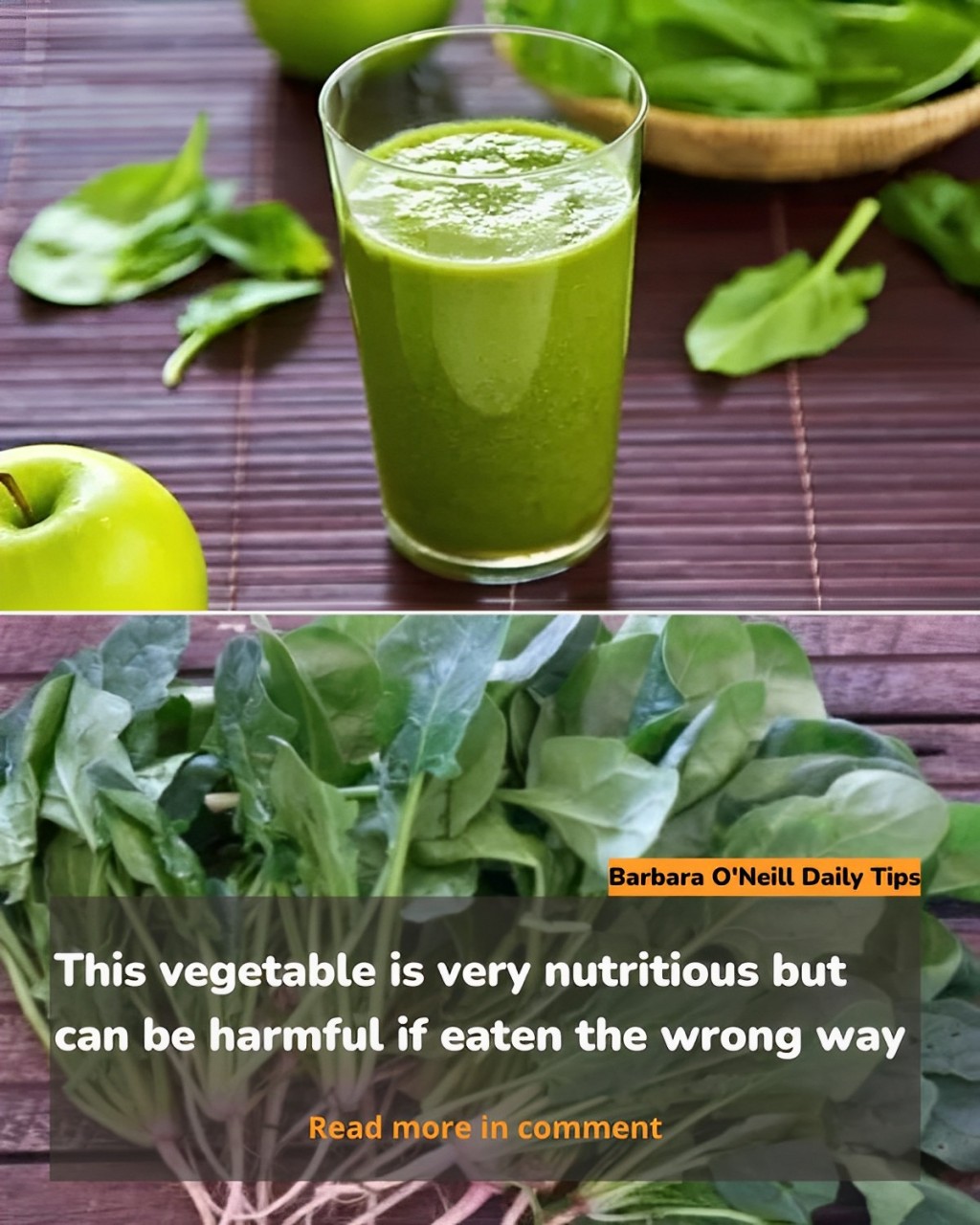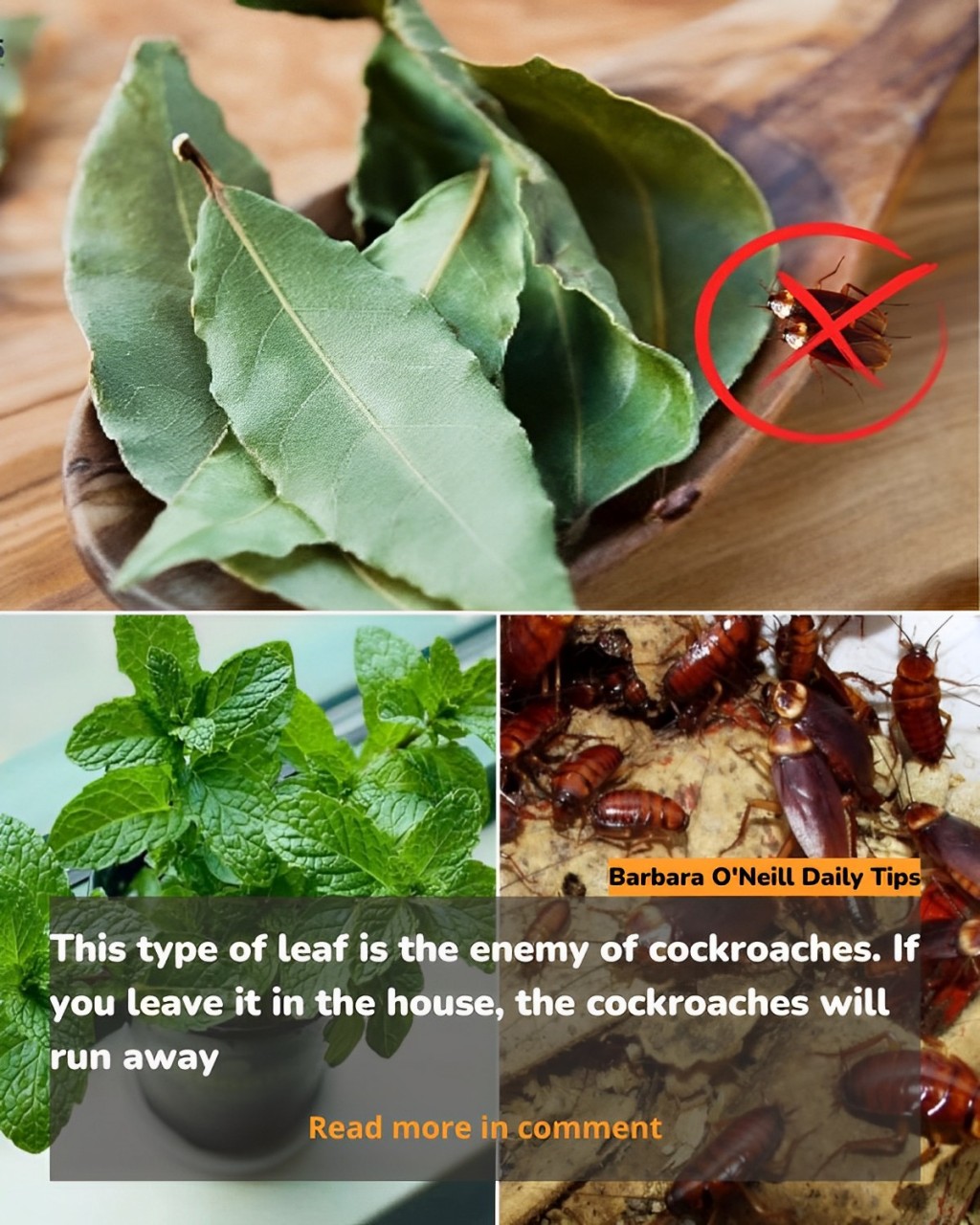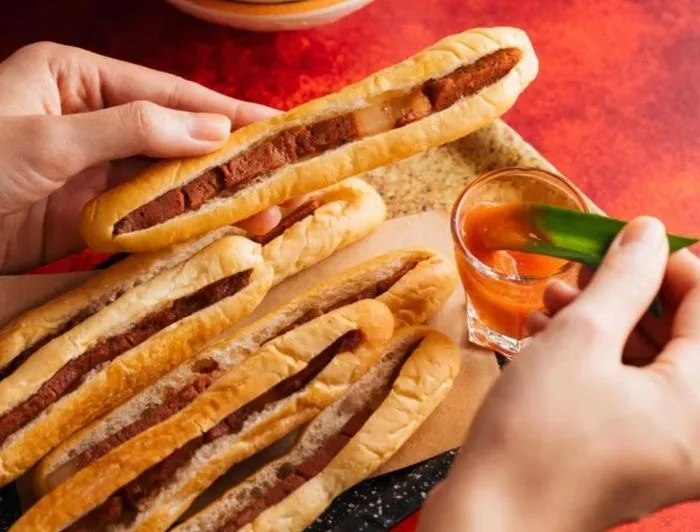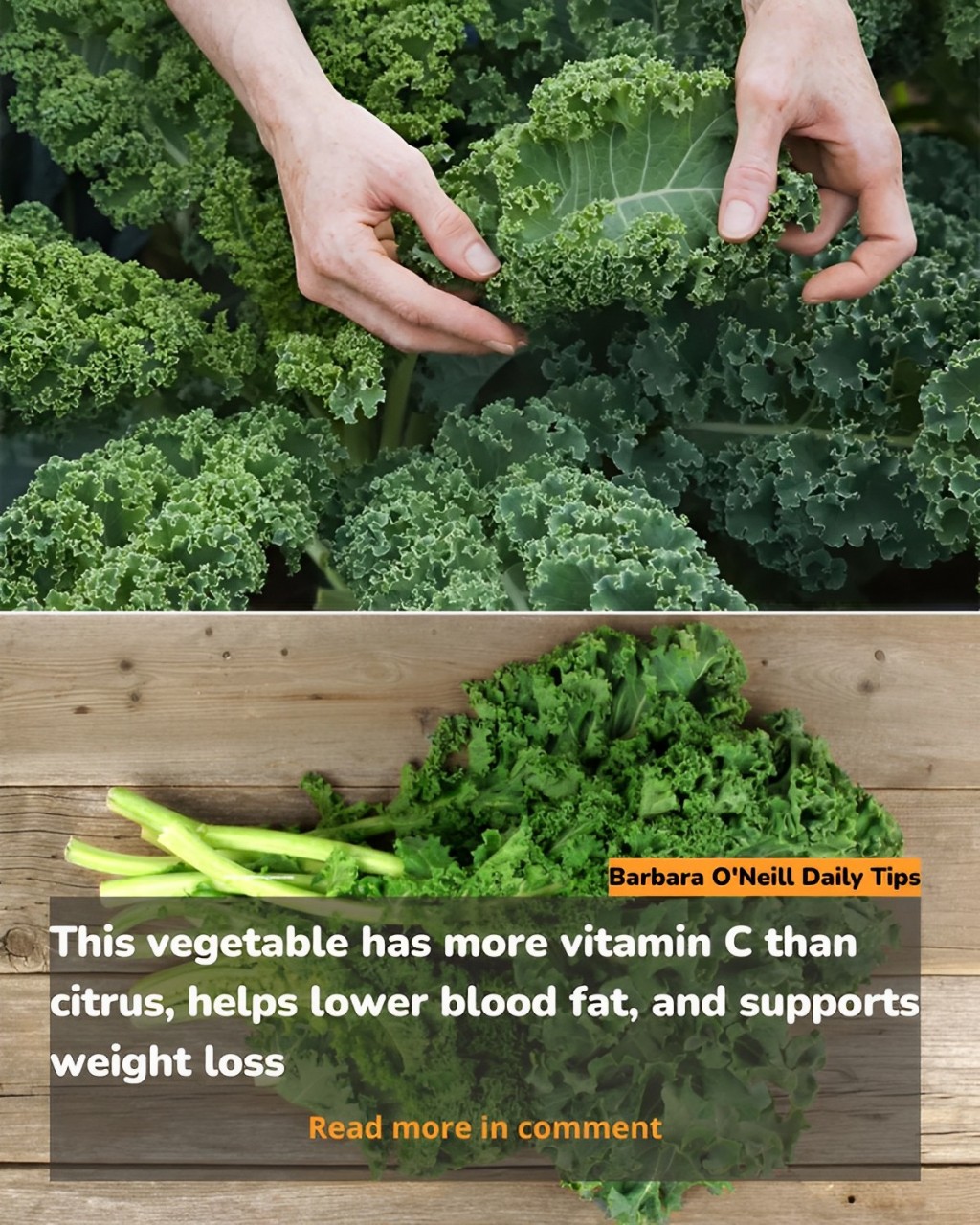Don’t throw away yellowed lemons. Use them to remove calcium deposits on appliances very effectively
- Remove calcium scale from electric kettle
Electric kettles often come into contact with water, so they are often dirty with calcium deposits . If these stains are not cleaned for a long time, they will lead to rust, greatly reducing the aesthetics and longevity of the kettle . There is an extremely simple and effective way to clean calcium deposits for electric kettles: using lemon juice.
Making:
Step 1 First, cut the lemon in half and squeeze the juice
Step 2 Apply to the part of the kettle you want to remove calcium deposits and keep for 5 – 10 minutes
Step 3 Use cleaning tools (brush, dishwashing sponge, scrubber, etc.) to scrub the area where lemon juice was just applied.
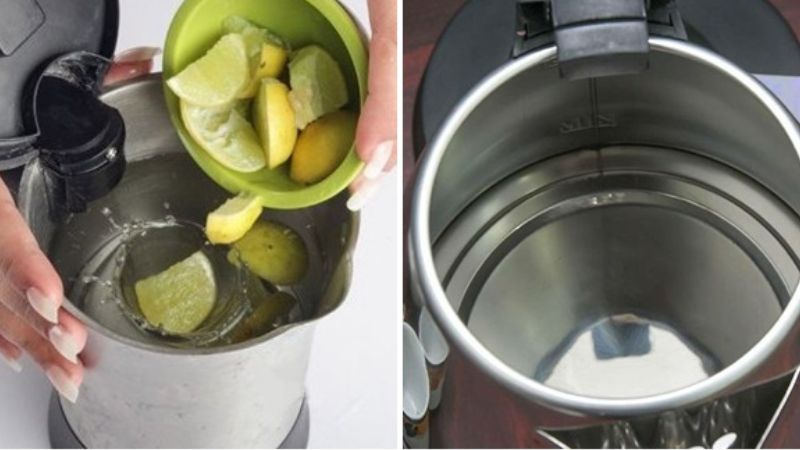
Remove calcium scale from electric kettle
- Remove calcium deposits from glass shower walls and stainless steel faucets
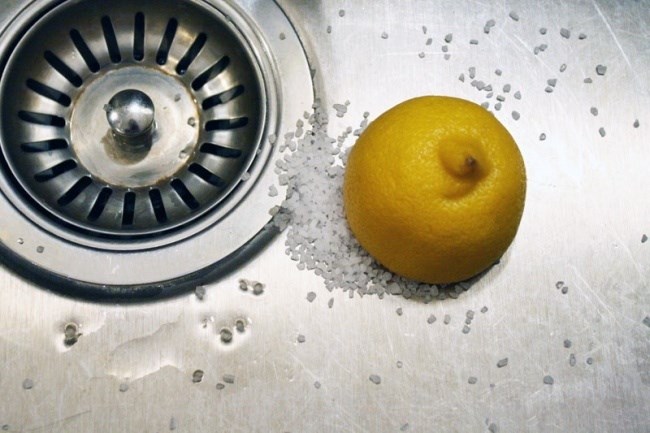
Normally, when cleaning glass shower walls or stainless steel showerheads , people use water that specializes in cleaning those items. However, the use of those chemicals often leaves a very unpleasant odor and is harmful to human health . Therefore, using lemon instead to clean calcium deposits is one of the more useful measures ever.
Making:
Step 1 Squeeze the juice from 3 – 5 yellow lemons , so that the amount of water is enough to clean the bathroom glass walls and stainless steel faucets.
Step 2 Dip the cleaning tool in lemon juice then start scrubbing the glass wall and faucet thoroughly, then rinse with water.
Remove calcium deposits from glass shower walls and stainless steel faucets
- Dish washing
Lemon has quite strong acidity , so its cleaning and antibacterial properties are very effective . Therefore, many dishwashing liquids use lemon as a main cleaning compound in their products.
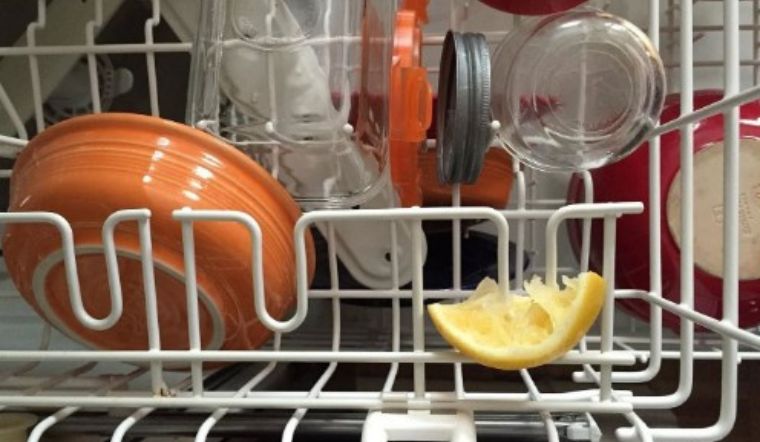
Use lemon to wash dishes
Making:
Step 1 Take a lemon and squeeze the juice
Step 2 Mix lemon juice with dishwashing liquid
Step 3 Wash the dishes with the lemon juice mixture above
Above is information on how to clean calcium deposits from utensils by using lemons that have turned yellow and are no longer delicious for cooking. Save and take the lemons you want to throw away so you don’t waste them!
